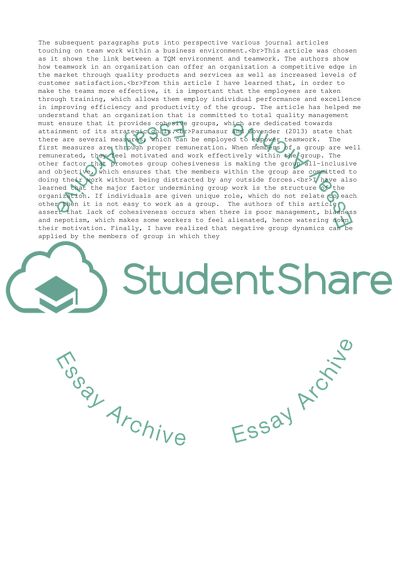Cite this document
(Team Work in a business environment Assignment Example | Topics and Well Written Essays - 2500 words, n.d.)
Team Work in a business environment Assignment Example | Topics and Well Written Essays - 2500 words. https://studentshare.org/business/1805880-team-work-in-a-business-environment
Team Work in a business environment Assignment Example | Topics and Well Written Essays - 2500 words. https://studentshare.org/business/1805880-team-work-in-a-business-environment
(Team Work in a Business Environment Assignment Example | Topics and Well Written Essays - 2500 Words)
Team Work in a Business Environment Assignment Example | Topics and Well Written Essays - 2500 Words. https://studentshare.org/business/1805880-team-work-in-a-business-environment.
Team Work in a Business Environment Assignment Example | Topics and Well Written Essays - 2500 Words. https://studentshare.org/business/1805880-team-work-in-a-business-environment.
“Team Work in a Business Environment Assignment Example | Topics and Well Written Essays - 2500 Words”. https://studentshare.org/business/1805880-team-work-in-a-business-environment.


